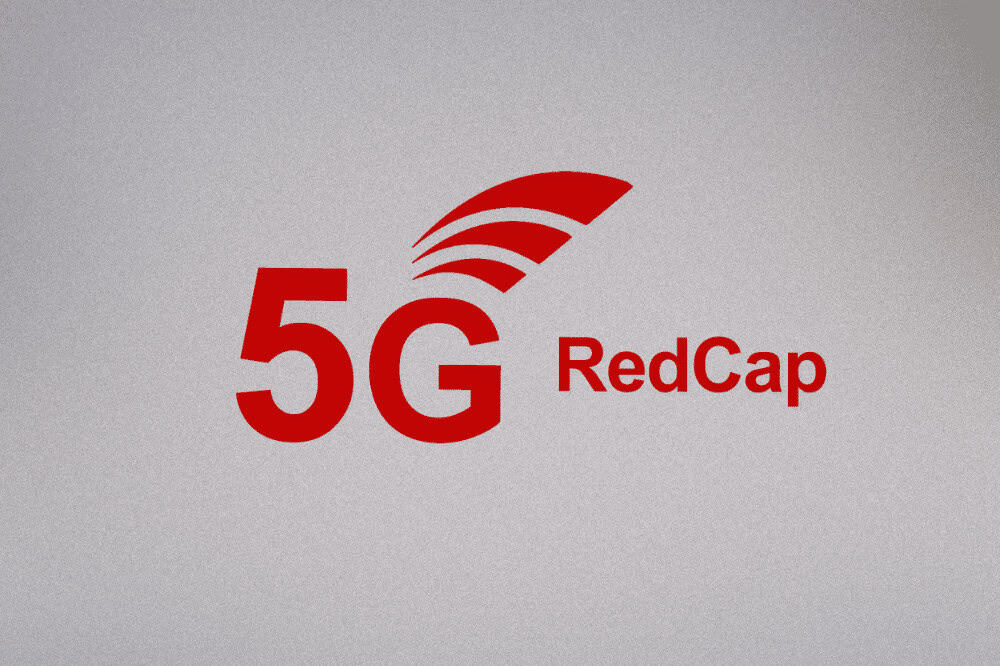What is 5G RedCap Network?
RedCap (Reduced Capability) is a specialized 5G network mode defined by the 3GPP standardization organization, also known as lightweight 5G.
By reducing terminal bandwidth, transceiver antenna count, and modulation order, RedCap lowers terminal costs, size, and power consumption, making it more suitable for large-scale commercial 5G network applications.
How RedCap Reduces Manufacturing Costs
To reduce manufacturing costs, RedCap terminals primarily utilize the following technologies:
Bandwidth Reduction
RedCap terminals support reduced bandwidth capabilities in FR1 and FR2, specifically decreasing from 100MHz and 200MHz to 20MHz and 100MHz, respectively.
This simplification reduces the complexity of baseband components, including analog-to-digital/digital-to-analog converters, FFT/IFFT modules, and data buffers.
Critically, this is achieved while maintaining the 5G R16 access process, thereby preventing market fragmentation.
Antenna Count Reduction
While traditional 5G R16 terminals employ 2T4R antennas, RedCap reduces this configuration to 1T1R or 1T2R.
This reduction minimizes the need for RF filters and transceiver modules, resulting in lower terminal costs while preserving essential transmission power and sensitivity.
Modulation Order Limitation
In contrast to standard NR terminals that support 256QAM, RedCap adjusts modulation requirements to a maximum of 64QAM for both uplink and downlink.
This adjustment lowers the costs associated with RF transceivers and high-speed analog-to-digital/digital-to-analog (AD/DA) converters.
Duplex Mode Optimization
RedCap supports both FD-FDD and TDD duplex modes.
Furthermore, it introduces a half-duplex mode, replacing duplexers with switches and filters.
This facilitates half-duplex operation across various FDD transmit/receive bands, effectively reducing RF hardware costs while fulfilling data transmission requirements.
Data Radio Bearer (DRB) Count Reduction:
The maximum number of Data Radio Bearers (DRBs) supported by RedCap terminals is reduced from 16 to 8.
This reduction lowers memory and chip buffer costs, aligning with the requirements of specific applications.
Comparison Between RedCap and Standard 5G
| Feature | Standard 5G | RedCap 5G |
| Network Capability | Higher data rates, lower latency | Reduced network capability, lower data rates, and potentially higher latency |
| Cost & Resource Demand | Requires greater resources, resulting in higher costs | Lower resource demand, offering cost-effectiveness |
| Flexibility | General-purpose, suitable for a wide range of applications | Optimized for specific scenarios, providing customized solutions |
| Application Scenarios | Mobile communication, IoT, edge computing | IoT deployments, industrial applications, private networks |
| Performance | High performance, ideal for speed and latency-sensitive applications | Cost-effective, with potential trade-offs in performance |
RedCap Applications
RedCap’s ability to provide efficient and cost-effective connectivity makes it ideal for a variety of specialized applications. This includes industrial automation, advanced surveillance systems, wearable devices, energy sector solutions, connected vehicles, and the foundational technologies of smart cities and manufacturing.
- Industrial Wireless Sensors: Deployed in industrial settings for pressure, humidity, motion, temperature, and acceleration sensing. These applications demand 99.99% availability, end-to-end latency below 100ms, and stringent latency requirements (5-10ms) for safety-critical sensors.
- Video Surveillance: Implemented in applications such as urban management, industrial/agricultural monitoring, and security surveillance. RedCap provides a cost-effective and flexible solution for video transmission. Economic video surveillance requires data rates of 2-4Mbps, whereas high-end systems necessitate 7.5-25Mbps. Latency should be less than 500ms, with communication reliability between 99% and 99.9%.
- Wearable Devices: Encompasses smartwatches, health-monitoring devices, AR/VR glasses, and medical monitoring equipment. RedCap ensures efficient communication while adhering to stringent size and power constraints.
- Energy Sector: Facilitates applications within power generation, transmission, transformation, and distribution, including drone inspections, power line monitoring, and smart grid automation.
- Connected Vehicles & Smart Wearables: RedCap addresses the communication requirements of vehicle-to-everything (V2X) applications and smart wearables, maintaining cost-effectiveness.
- Smart Manufacturing, Smart Grid, Smart Cities: RedCap plays a crucial role in driving digital transformation across various industries by delivering optimized connectivity solutions.
Conclusion
RedCap technology is widely applicable across diverse industries, especially in contexts where cost, power consumption, and form factor are paramount considerations.
Through optimized 5G connectivity, RedCap promotes the implementation of 5G in cost-sensitive and specialized use cases.
Looking for robust IoT solutions? Explore Robustel IoT Solutions for cutting-edge connectivity and innovation.

